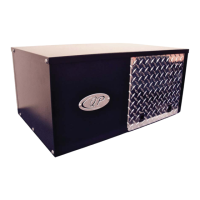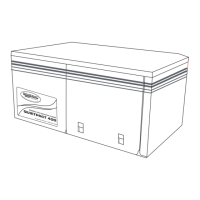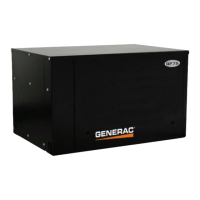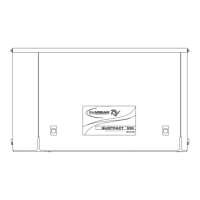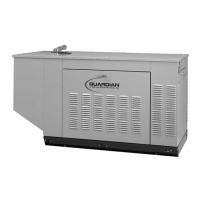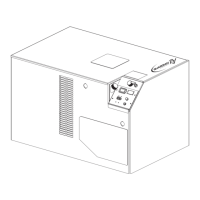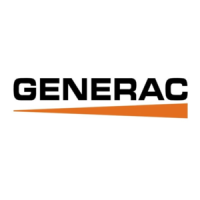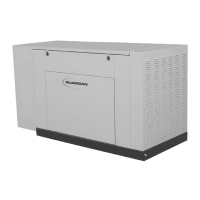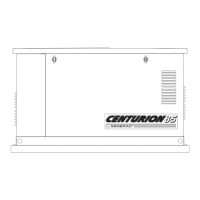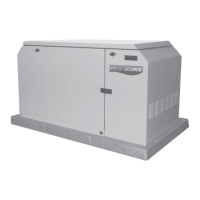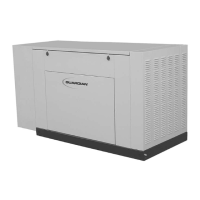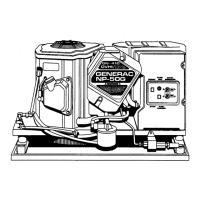How to fix Generac Power Systems Inverter when the engine will not crank?
- MmelissatapiaJul 29, 2025
If your Generac Power Systems Inverter's engine won't crank, several issues could be the cause. Here's what to check: * A blown fuse: Replace the fuse. * Loose, corroded, or defective battery cables: Tighten, clean, or replace the battery cables as needed. * A defective engine Start/Stop switch: Replace the Start/Stop switch. * A defective starter contactor: Replace the contactor. * A defective starter motor: Replace the starter motor. * A low or defective battery: Charge or replace the battery.
